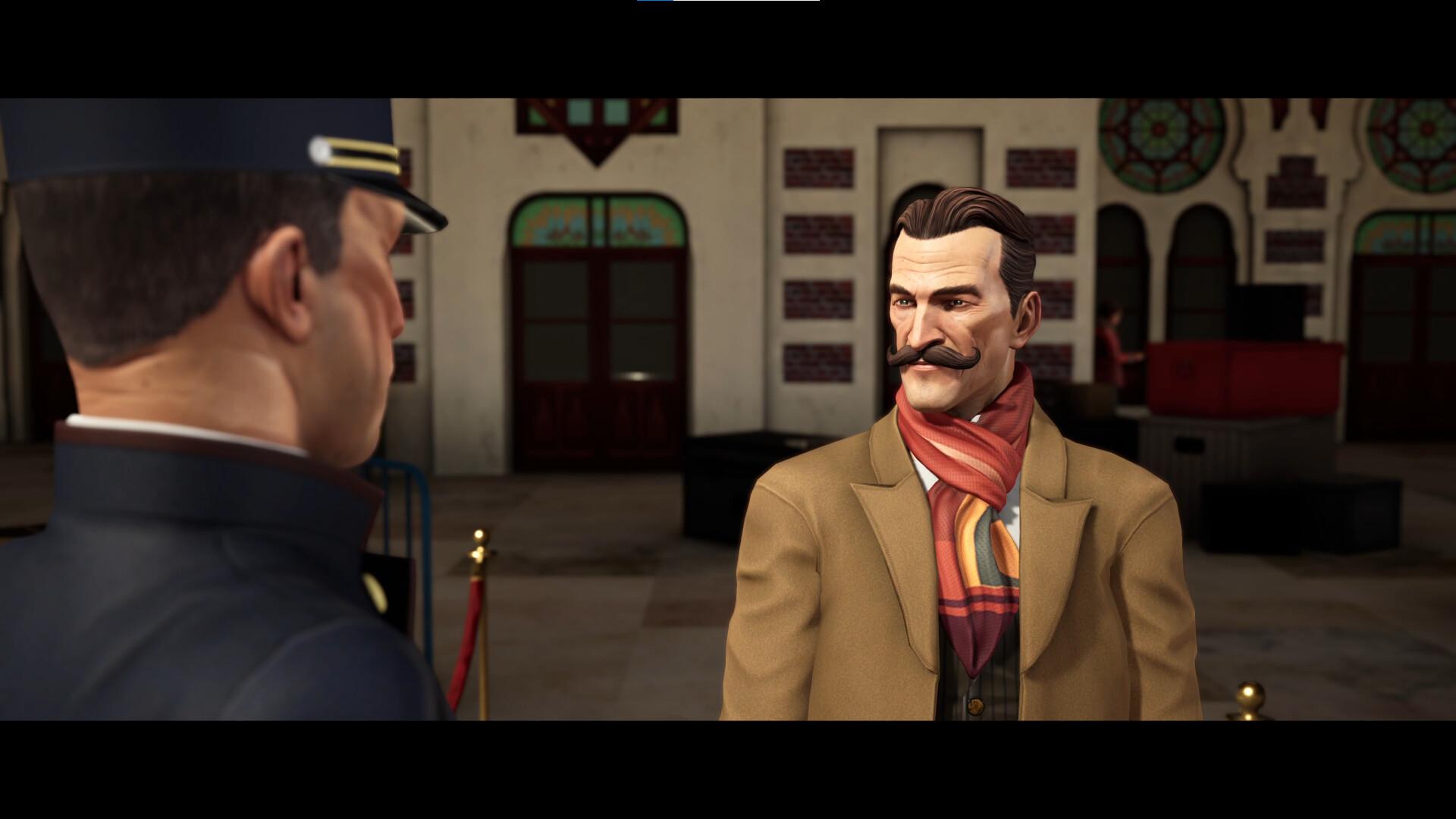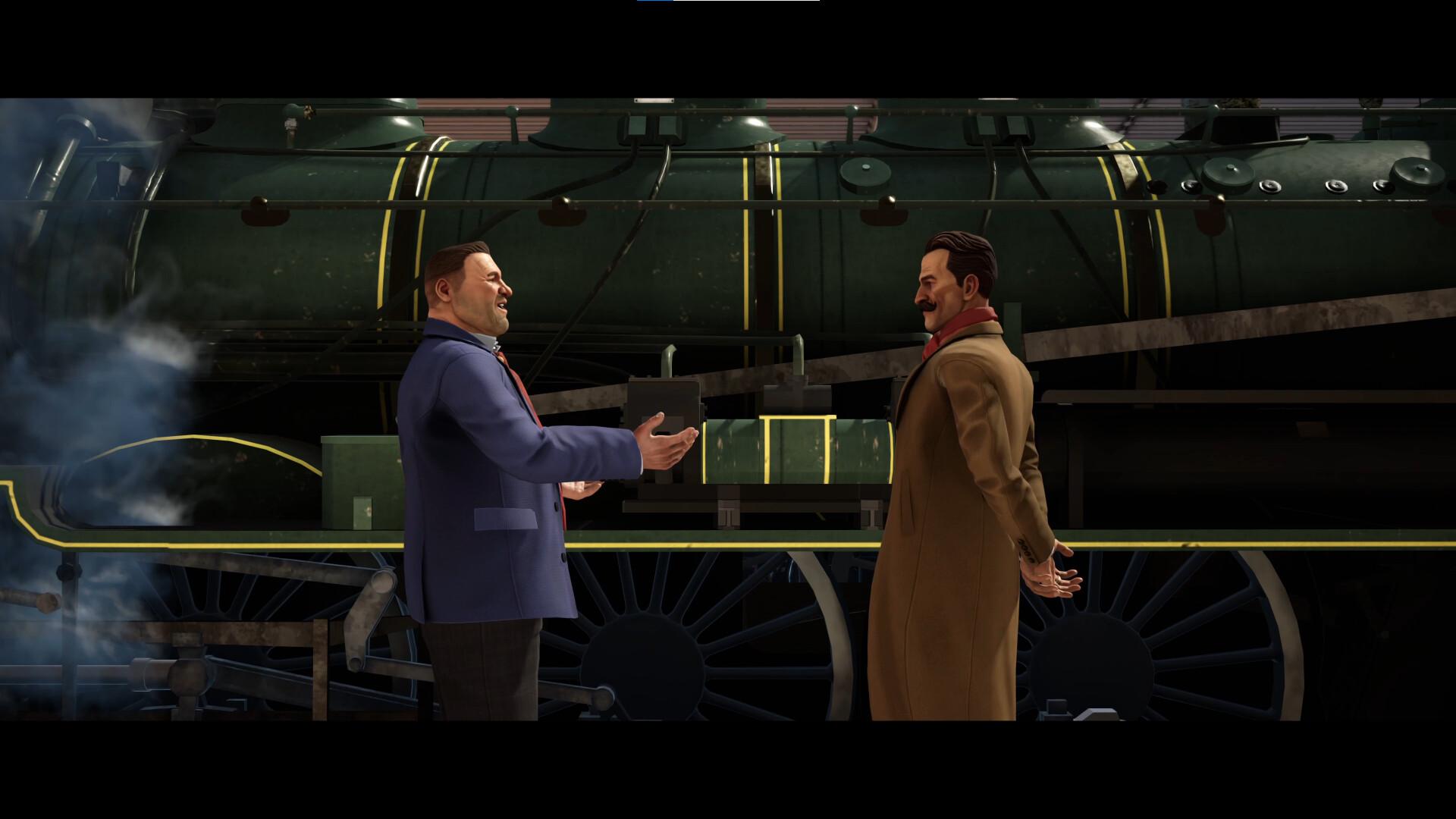The Lindbergh kidnapping, a crime that shocked the world in 1932, remains one of the most infamous cases in American history. The abduction and murder of Charles Lindbergh Jr., the 20-month-old son of famed aviator Charles Lindbergh, gripped the nation and led to a massive investigation, a sensational trial, and ultimately, the execution of Bruno Richard Hauptmann. This in-depth analysis delves into the evidence, the trial, and the lingering questions surrounding the case, focusing on the key aspects of the investigation and the legal proceedings.
The Crime and Initial Investigation
On the evening of March 1, 1932, Charles Lindbergh Jr. disappeared from his crib in the family’s home in East Amwell, New Jersey. A ransom note demanding $50,000 was found at the scene. The ensuing investigation involved local police, the New Jersey State Police, and eventually, the Federal Bureau of Investigation (FBI). The Lindberghs cooperated with the kidnappers, communicating through intermediaries and paying the ransom. However, tragically, the child’s body was discovered on May 12, 1932, just a few miles from the Lindbergh home.
The discovery of the body shifted the investigation from a kidnapping to a murder inquiry. The authorities focused on tracing the ransom money, which included gold certificates with recorded serial numbers. This meticulous tracking eventually led them to Bruno Richard Hauptmann, a German immigrant carpenter living in the Bronx, New York.
The Arrest and Trial of Bruno Richard Hauptmann
Hauptmann’s arrest in September 1934 came after a gas station attendant noticed a gold certificate from the ransom money. A search of Hauptmann’s home revealed a significant portion of the ransom money, along with other circumstantial evidence linking him to the crime. The trial, held in Flemington, New Jersey, in 1935, became a media spectacle, attracting attention from around the globe.
 Photo of Bruno Richard Hauptmann during his trial.
Photo of Bruno Richard Hauptmann during his trial.
The prosecution presented evidence including the ransom money, handwriting analysis linking Hauptmann to the ransom notes, and testimony identifying him near the Lindbergh home. The defense argued that the evidence was circumstantial and that Hauptmann had been framed. Despite his pleas of innocence, Hauptmann was found guilty of kidnapping and murder and sentenced to death.
Lingering Doubts and Controversies
While Hauptmann’s guilt has been generally accepted, several aspects of the case continue to fuel debate and speculation. Some researchers have questioned the reliability of the handwriting analysis and the handling of the physical evidence. Others have suggested the possibility of accomplices, arguing that Hauptmann could not have acted alone.
 Photo of a ladder used in the kidnapping.
Photo of a ladder used in the kidnapping.
The intense media scrutiny surrounding the case, the questionable police procedures, and the lack of conclusive forensic evidence at the time have contributed to the enduring mystery surrounding the Lindbergh kidnapping.
The Legacy of the Lindbergh Kidnapping
The Lindbergh kidnapping had a profound impact on American society and law enforcement. It led to the passage of the “Lindbergh Law,” which made kidnapping a federal crime, allowing the FBI to become involved in such cases across state lines. The case also highlighted the need for improved forensic techniques and more rigorous investigative procedures.

The tragedy continues to fascinate and horrify, serving as a reminder of the vulnerability of even the most famous individuals and the enduring power of unsolved mysteries. The Lindbergh case remains a chilling example of a crime that captivated a nation and left an indelible mark on legal history.
Re-evaluating the Evidence and the Verdict
Modern forensic science and investigative techniques offer new perspectives on the Lindbergh case. While it is difficult to definitively overturn the verdict after so many years, a re-examination of the evidence, considering the limitations of forensic science in the 1930s, can shed light on the strengths and weaknesses of the prosecution’s case.
Was the evidence presented sufficient to convict Hauptmann beyond a reasonable doubt? Did the overwhelming media attention and public pressure influence the jury’s decision? These are questions that continue to be debated by legal scholars and historians.
The Lindbergh Case in Popular Culture
The Lindbergh kidnapping has been the subject of numerous books, films, and documentaries, further solidifying its place in American folklore. These portrayals often explore different theories about the crime, highlighting the enduring mystery and the unanswered questions that still surround the case.
 Poster for a movie about the Lindbergh kidnapping.
Poster for a movie about the Lindbergh kidnapping.
The Lindbergh kidnapping continues to serve as a cautionary tale, reminding us of the darkest aspects of human nature and the enduring pursuit of justice in the face of tragedy. The case remains a significant event in American history, prompting reflection on the evolution of law enforcement, the role of the media in high-profile trials, and the search for truth in complex criminal investigations.
Conclusion: A Crime that Continues to Haunt
The Lindbergh kidnapping remains a tragic and perplexing chapter in American history. While Bruno Richard Hauptmann was convicted and executed for the crime, questions linger about the completeness of the investigation and the certainty of the verdict. The case serves as a reminder of the devastating consequences of crime, the importance of due process, and the enduring quest for justice in even the most challenging circumstances.
 Photo of the Lindbergh family home.
Photo of the Lindbergh family home.
The Lindbergh kidnapping is a case that continues to resonate with people today, prompting discussion and debate about the complexities of criminal investigations, the fallibility of the justice system, and the search for truth in a world often shrouded in mystery.

